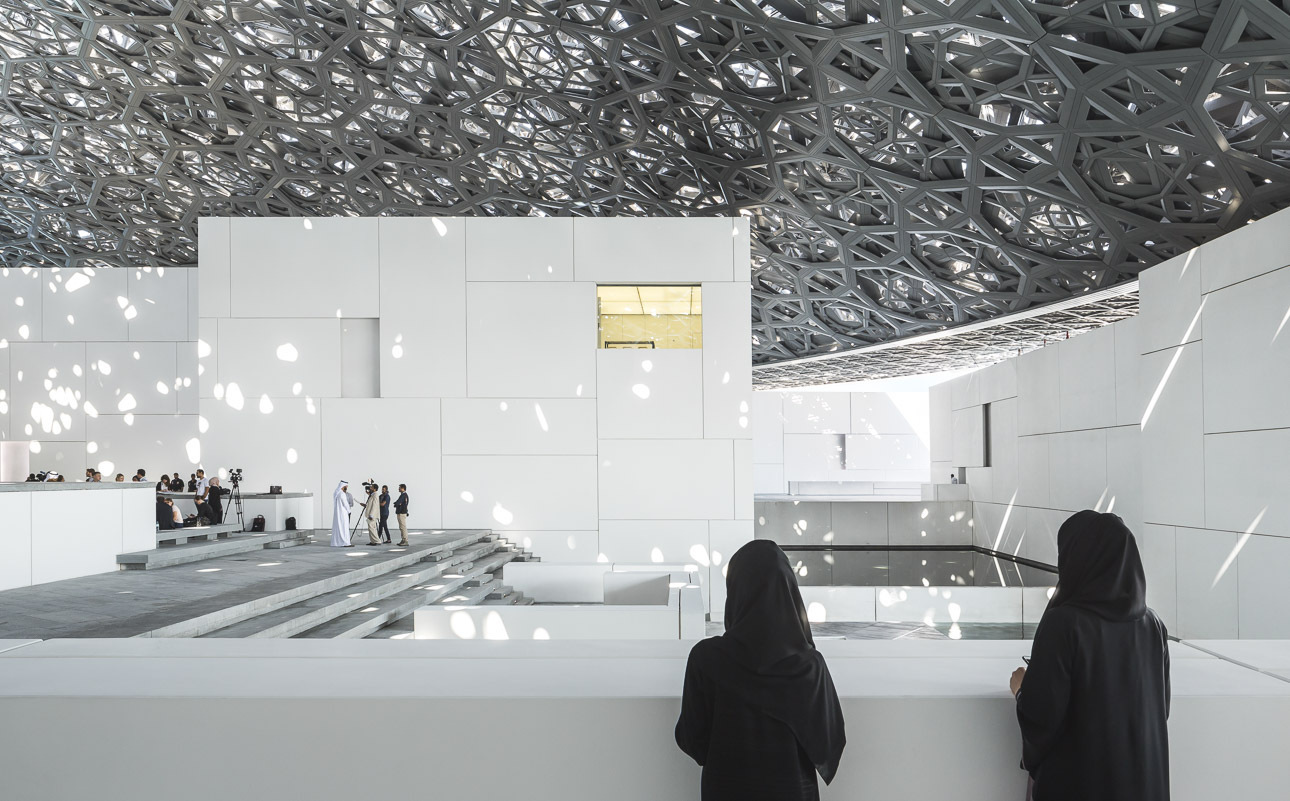
"The image of these museums, internationally renowned, appears in many ways inseparable from their original cultural contexts. And to some extent, it truly is. The Louvre, deeply rooted in the history of France as a former fortress and later royal residence, embodies a set of invaluable heritage values, further amplified by I. M. Pei's iconic glass pyramid intervention in 1989."
"From this perspective, such "brands" acquired commercial value, and architecture began to operate as a market language detached from a specific context: a way of promoting, of selling an idea of culture, of positioning cities on the global map. Thus, when institutions such as the Louvre, the Centre Pompidou or the Guggenheim began to expand beyond their countries of origin, an inevitable question emerged: is culture also a marketing device?"
Major museums have evolved into transferable cultural brands that combine collections, context, and symbolic architecture to create marketable identities. Architectural form and institutional name carry commercial and diplomatic value, enabling expansion beyond original locales and influencing urban positioning on the global map. This phenomenon raises tensions between heritage rooted in specific histories and the commodification of culture as a means of soft power. The export of museum brands can attract audiences and investment while risking detachment from local contexts and dilution of historical meanings. The interplay of prestige, innovation, commerce, and identity reshapes how culture is produced and circulated internationally.
Read at ArchDaily
Unable to calculate read time
Collection
[
|
...
]